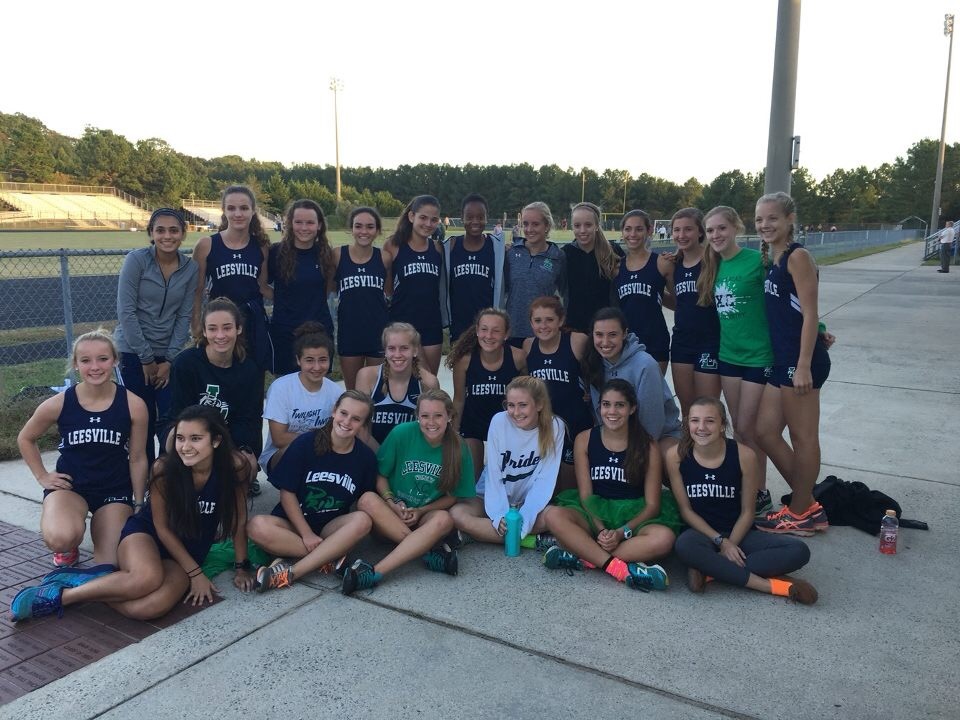
With a full day including school, sports practice, and the stress of maintaining a healthy body, how does a student athlete do it? Here are a few key things to remember from a Leesville student athlete to help you manage work and play.
1.Sleep
Sleep is one thing that most high-schoolers enjoy, but with a demanding sports schedule, student athletes tend to not get the recommended number of hours. Most athletes are conscious of their diet and exercise regimen, but sleep is just as important as conditioning. According to the National Sleep Foundation, student athletes should be getting at least 8 hours of sleep per night. Not getting the proper amount of sleep leads to “the possibility of fatigue, low energy, and poor focus at games” (National Sleep Foundation). Proper sleep is essential for a student athlete to compete at the top of their game.
- Time Management
With such a packed schedule everyday, it can be hard to immediately start homework after practice, but a good routine is key to keeping a balance between school and sports. Time management according to Google Dictionary is defined as “the ability to use one’s time effectively or productively.” (Google Dictionary) An example of time management would be creating a routine. A good example of a routine could be: coming home from practice, immediately showering, doing homework until dinner, eating dinner, finishing homework, then getting ready for the next school day, and finally going to bed. Other tips for great time management include using a calendar, turning off your phone while doing homework, making a weekly agenda, and planning ahead. When a student athlete effectively uses time management it helps create balance between school and sports.
- Nutrition
When students athletes go to practice, their body needs fuel to be able to play at the top of their game, and that fuel is food. Food contains all of the nutrients your body needs to function, and for student athletes it is essential to eat proper meals. On average, student athletes in high school should be eating at least 1,500 calories a day, but the specific number depends on multiple factors. To find out how many calories you should be eating per day, take this test. First starting with breakfast, NEVER skip breakfast; it is the most important meal of the day and gets your metabolism going. Examples of a quality breakfast include a protein bar and a piece of fruit, oatmeal, or eggs and a piece of toast with a glass of milk. Next comes lunch, which is typically the last meal before practice, so it is imperative to eat a proper meal. Examples of a good lunch include a peanut butter sandwich with a banana, carrots, and for dessert greek yogurt sprinkled with granola. Another lunch idea is a serving of whole grain pasta with meat sauce and veggies mixed in, with milk to drink. Lastly, it is very important to eat a little something 1-2 hours before your practice begins; good examples include a granola bar, trail mix, half a bagel, or a piece of fruit.
- Smart Lunch
With such a busy schedule after the school day ends, Smart Lunch is a great way to get homework done or get ahead on things. With access to teachers and all the resources in the library, Smart Lunch is a excellent option for student athletes. One perk to doing your homework during Smart Lunch is you have less or no homework to do after practice. Smart Lunch is also a time to socialize with friends, whether you are attending a club meeting with a group of friends or helping each other with homework in the library.
- Recovery
With participating in any sport, the game demands a lot from your body and it is important to take the time to properly stretch and cool down. After a physically demanding practice, the last thing most student athletes want to do is stretch, but stretching helps to cool down the body, relieve muscle soreness, and prevent injury. After practice, you walk into the house and can feel the soreness blossoming as you walk up the stairs. During a workout, your muscles tighten and become stiff, which causes the soreness in muscles. Stretching helps to loosen those muscles and alleviate the feeling of being sore. With recovering after practice, it is also important to refuel; try to drink at least one glass of water and eat a small snack 1-2 hours after practice. Another great thing to try after a hard practice is icing your muscles; when you workout, your muscles get small tears in them which are then repaired and make your muscles bigger and stronger. Putting ice on your muscles helps to repair the small tears faster and also reduces soreness. To ice your muscles after practice, either fill a bathtub halfway up with cold water and add about 30 ice cubes and sit down in it for 5-10 minutes, or take a ice pack and apply to a specific area. Ice baths are meant for the lower body since you are sitting in it, while ice packs can be used on any specific muscle in the body.
Overall, a student athlete has to juggle multiple things everyday. It is important for these athletes to take the time to properly care for their bodies, while maintaining school. Hopefully, these tips will help student athletes to play at the top of their game –on and off the court.
thanks for the ideas and tips you posted here. This a comprehensive article with a lot of valuable stuff